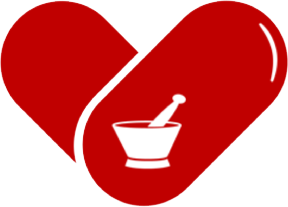Intro To Compounding

What Is Compounding?
Compounding provides an innovative way for pharmacists to customize medications to fit the needs of their patients. The art of compounding utilizes modern medicine while still holding true to the roots of the profession of pharmacy.
Compounding pharmacies can produce unique dosage forms based on patient preferences and/or restrictions. Examples include dye-free, preservative-free, alcohol-free, and/or sugar-free forms of medications. Many compounds are specialized medication combinations or liquid or cream forms of products that are not otherwise commercially available.
Your pharmacist is trained in compounding a wide variety of ointments, gels, syrups, suspensions, suppositories, capsules and more that can help your medications easier to take, address any special health problems, or get you feeling better, faster.
Compounded medications are generally safe and effective for most patients who have talked to their doctor about their health and how a compounded medication can help them.
Medications are compounded and dispensed to patients only upon receipt of a valid patient-specific prescription.
Compounding requires a relationship between the patient, physician, and pharmacist. Together, they will work together to provide an alternative treatment option when and if the currently available treatment options are not the best fit for you.
